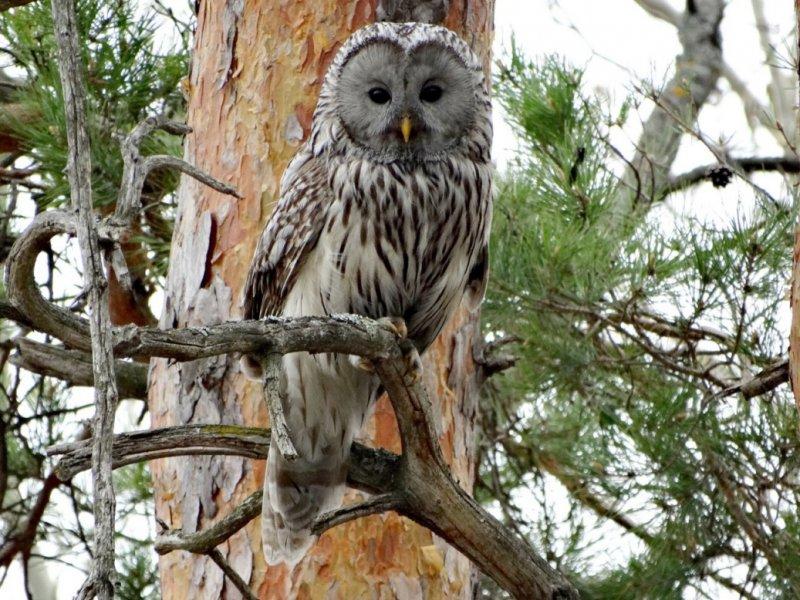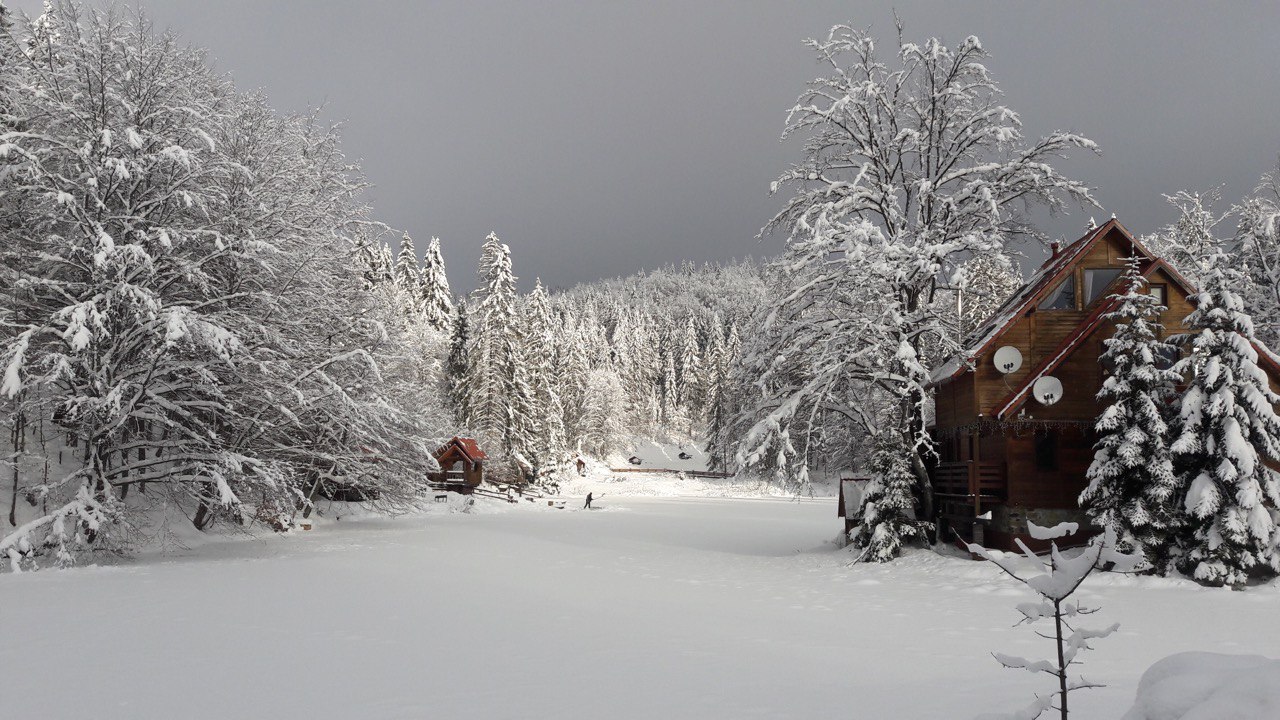Everyone who has visited Transcarpathia at least once will admit that there are few places in Europe that can be compared to it in terms of the quantity and quality of landscaping.
Actually, the forests of our region occupy an area of about 500,000 hectares, which is 45 % of its territory. Every season of the year in the Ukrainian Carpathians enchants with its special colors and beauty, because the unique green wonderland of the Ukrainian Carpathians is the richest region in terms of floristry in Ukraine (it has more than 2,000 plant species).

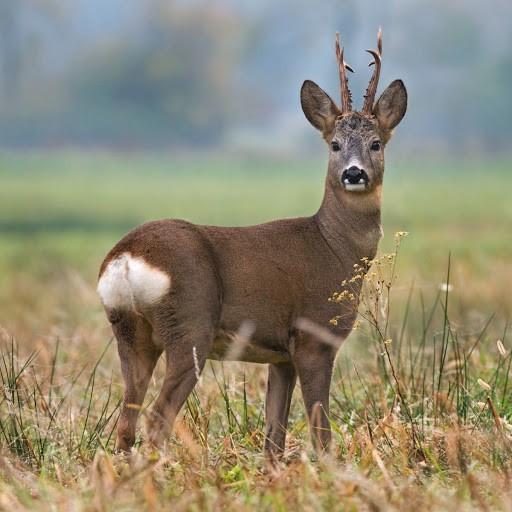
Along with local breeds, our region is decorated with numerous exotic flora. Today, there are more than 300 types of such plants in Transcarpathia. From early spring to late autumn, the flowering of some is replaced by others. It seems that the Carpathians dissolve in flowering trees and bushes. These are such original plants as golden and greenish forsythia bushes, pale pink flowers of Japanese quince and pink Nedzvetskyi apple trees, blood-red flowers of Florida apple trees and white Chinese apple trees, pink flower buds of Japanese sakura, blond and reddish flowering shoots of chestnuts. And also cypresses, Himalayan pines, Douglas firs, evergreen boxwood, common sumpia ("wig tree"), lilac-leaved catalpa ("cigar tree"), downy paulownia ("Adam's tree"). The "RED BOOK" of FLORA OF TRANSCARPATHIA includes about 300 species of plants.
In terms of richness, the animal world of our region does not lag behind the plant diversity. 80 species of mammals, 280 species of birds, 10 species of reptiles, 16 species of amphibians, 60 species of fish, and 100 species of molluscs live here. Mole, fox, wolf, raccoon dog, badger, marten, weasel, ermine, ferret, otter, forest cat, lynx, hare, squirrel, muskrat, wild boar, roe deer, Carpathian deer are especially common in Transcarpathia.
Among the birds, grouse, grouse, grouse, pheasant, gray partridge, quail, turtle dove, pigeon, coot, woodcock, gull, woodcock, woodpecker, owl, stork, and thrush should be mentioned.
Reptiles include the common steppe turtle, lizards, snake, spinner, common viper (by the way, the only poisonous snake in the Carpathians), salamander, copperhead. Almost half of all freshwater fish of Ukraine are found in the rivers of Transcarpathia: brook trout, Danube salmon, grayling, andruga, small chub, umbra, gobies, gorschak, pidust, Hungarian lamprey, grayling, grayling, catfish, pike, crucian carp, crucian carp, tench.
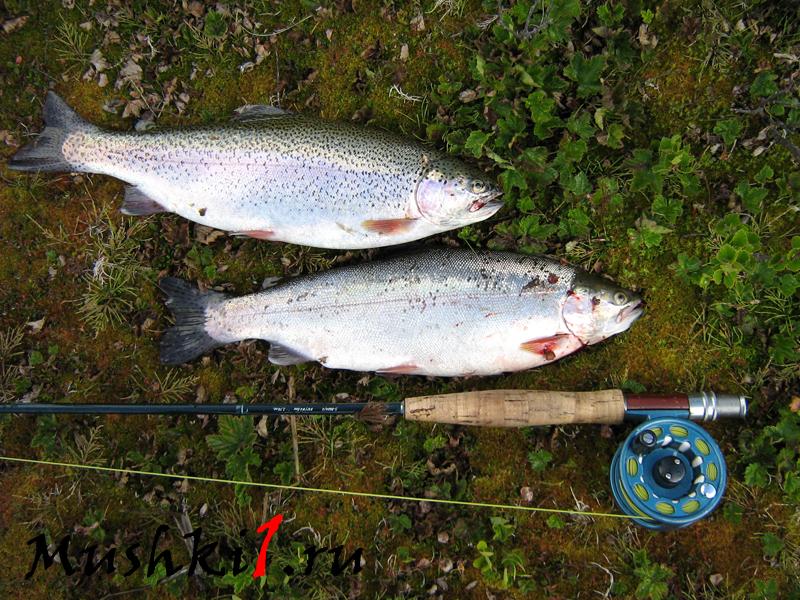
As you can see, the fish of the Carpathian reservoirs are extremely diverse. This is due to the peculiar topography, geographical position and many other features of this territory.
Natural and artificial reservoirs of the Ukrainian Carpathians occupy a large area - more than 40,000 hectares. The length of rivers and streams exceeds 10 thousand km. There are many ponds and various reservoirs here.
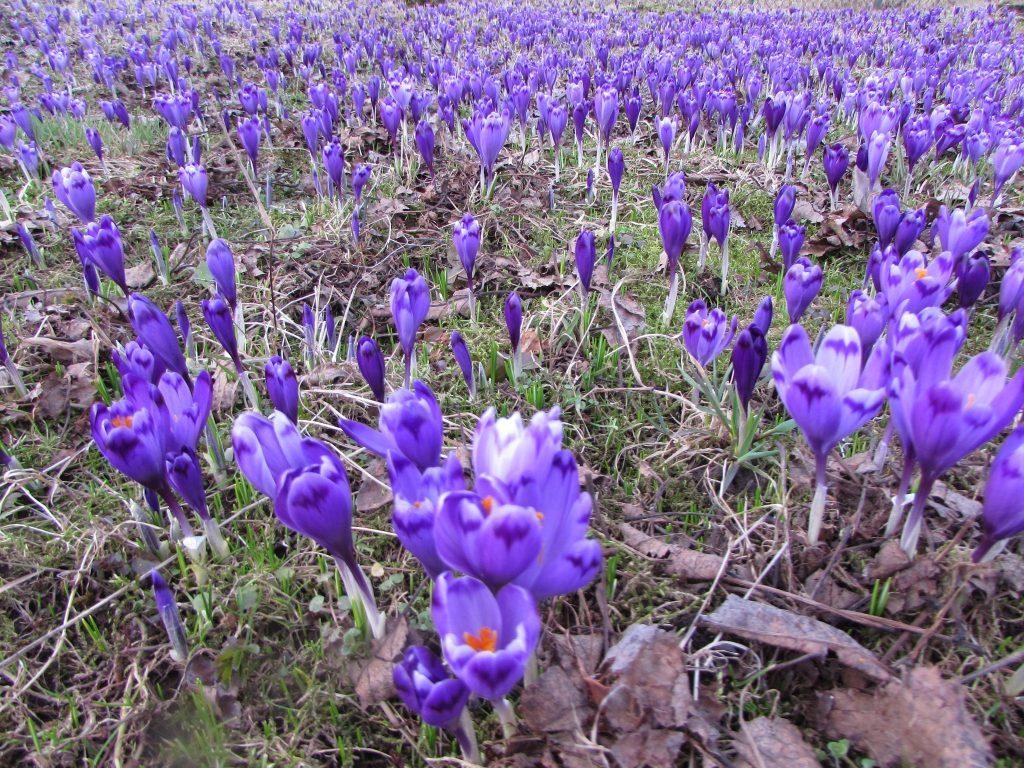
Insects and butterflies of Transcarpathia, listed in the Red Book, require special attention. Europe's largest moth lives here. Researchers found the Saturnia large butterfly, a red book representative of the Pavinoochka family, on the edges of the Uzhan Park. Scientists were able to observe Saturnia pyri from May to June. By the way, despite the fact that this is a nocturnal species, males could also be found during the day. And the winged one is truly worthy of the status of "the largest night butterfly in Europe" - the wingspan of the male reaches 120 mm, the female - 150 mm. Only 56 species of rare representatives of the entomofauna live here, which are included in the red lists of the fauna of Ukraine, the Carpathians, and International Conventions.
Transcarpathia also has many historical parks and monuments. In particular, they are located in V. Berezny (19th century park), Uzhgorod (Laudona and Pidzamkovy parks), Mukachevo (park with 140 exotic trees and bushes), Bushtyn (18th century park).
